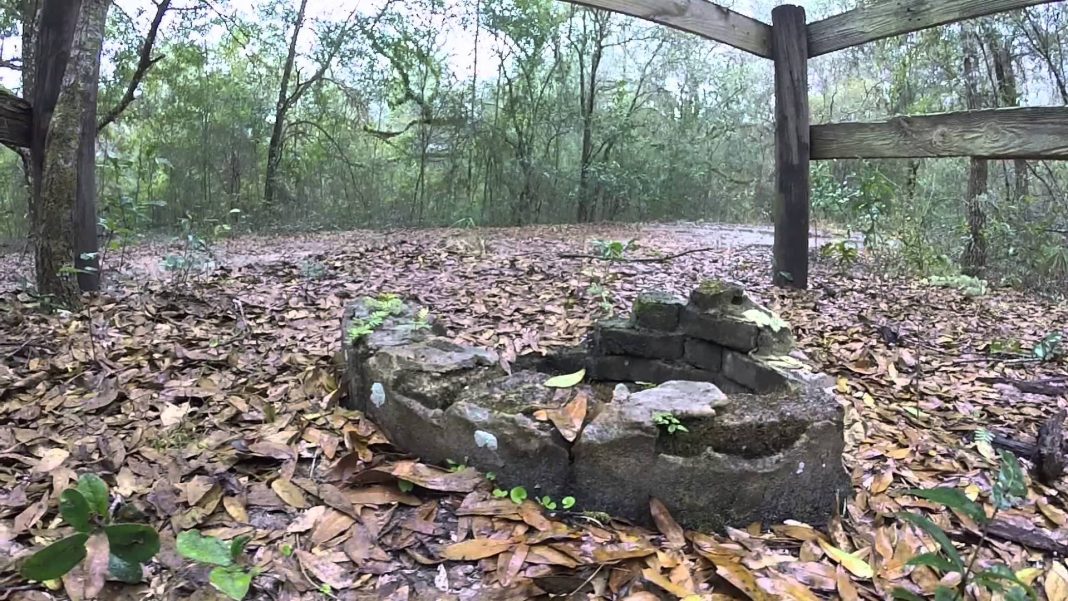Many people do not realise that the Spanish Civil War of 1936 actually began in the Canary Islands. Francisco Franco was General Commandant of the Canary Islands, who was based in Las Palmas de Gran Canaria. It was here that Franco plotted his strategy, well away from the rest of Spain, before he headed to the Spanish Peninsular. It was under his watch that Spain became divided into two factions: ‘Republican’ and ‘Loyalists’.
The Spanish Civil War began on July 18, 1936, as a revolt by right-wing Spanish military officers in Spanish Morocco that spread to Peninsular Spain. Franco broadcast his message from the Canary Islands, which called for all army officers to join the uprising and overthrow Spain’s leftist Republican government.
The Republicans and the Nationalists secured their territories by executing thousands of suspected political opponents. The horrors of the Spanish Civil War are still very raw in Spain and the Canary Islands, and continue to have a significant impact upon the loyalties and divisions of all the islands; the scars of which remain today.
Recently, archaeologists excavated a well in Tenoy in Gran Canaria, finding the bones of at least 12 people, including a skull with a gunshot wound. This was one of the places where local people experienced the horrors and repression of the Spanish Civil War.
The old well of Tenoy, in the municipality of Arucas, is one of the places where 140 inhabitants of the north of Gran Canaria disappeared in March 1937. It is believed that these victims were assassinated after spending months in one of Franco’s concentration camps for being loyal to the Second Republic. The project has so far found half a million human bones, a Republican coin, buckles, soles of traditional shoes and ammunition.
Some of the evidence comes from a direct and tragic account of the incident from a Galdar resident, who had been shot at the entrance to the Tenoy well. His friend rescued him and moved him to a safe house. Over the years, the contents of this well became buried with tons of mud and lost memories.
Other wells are also being searched on the island, including Llano de las Brujas, where 24 bodies were recovered. In addition, the search for people missing during the Franco dictatorship led to mass graves in the cemeteries of Vegueta and Sima de Jinamar.
The excavations of wells on the island reveal some of the horrors of the Spanish Civil War. It tells the story of how local residents of Gran Canaria who opposed the ruling class were often placed in concentration camps, killed and their bodies hidden in wells.
As one descendent, who has spent her life searching for the body of her murdered father, has so eloquently put it, “Wells are not meant to hide corpses. Wells are to give life. I want to put the bones of my father where they should be, in the cemetery”. It is a tragic history, but maybe finding some of the missing bodies and giving them an appropriate burial will help to ease some of the pain and provide closure for their families.
If you enjoyed this article, take a look at my websites: http://barriemahoney.com and http://thecanaryislander.com or read my latest book, ‘Footprints in the Sand’ (ISBN: 9780995602717). Available in paperback, as well as Kindle editions.
Join me on Facebook: @barrie.mahoney
© Barrie Mahoney





